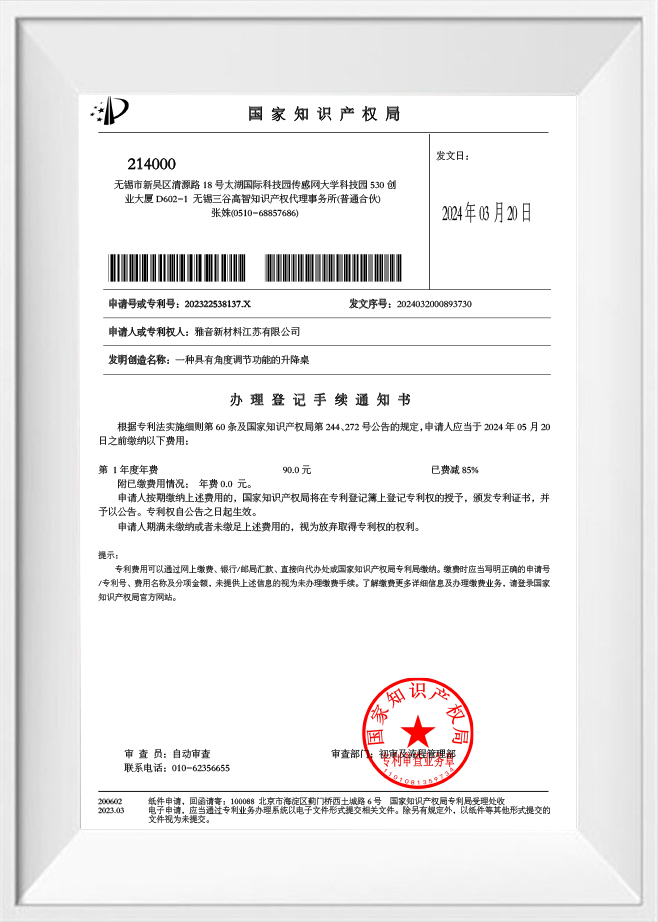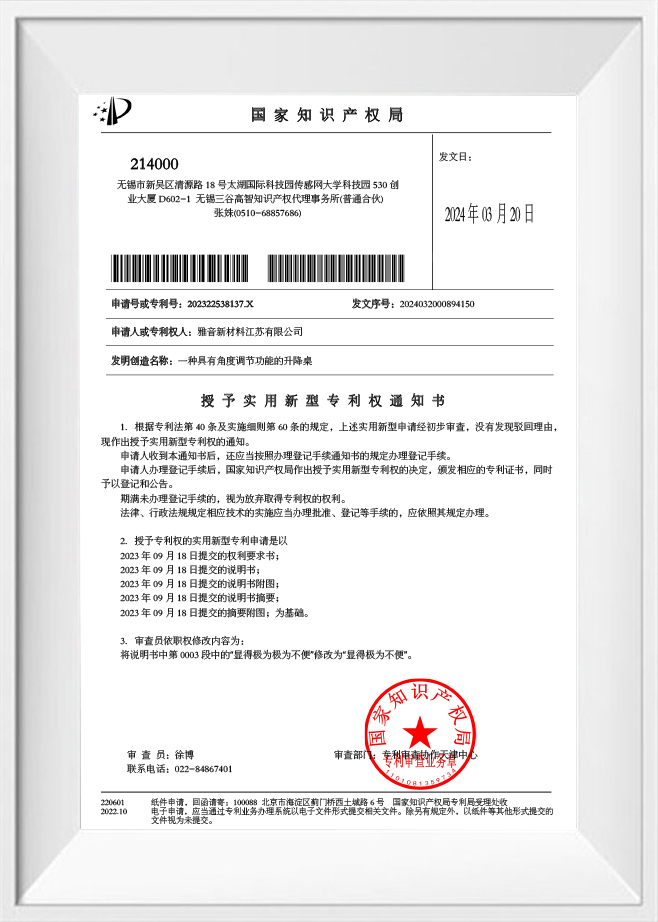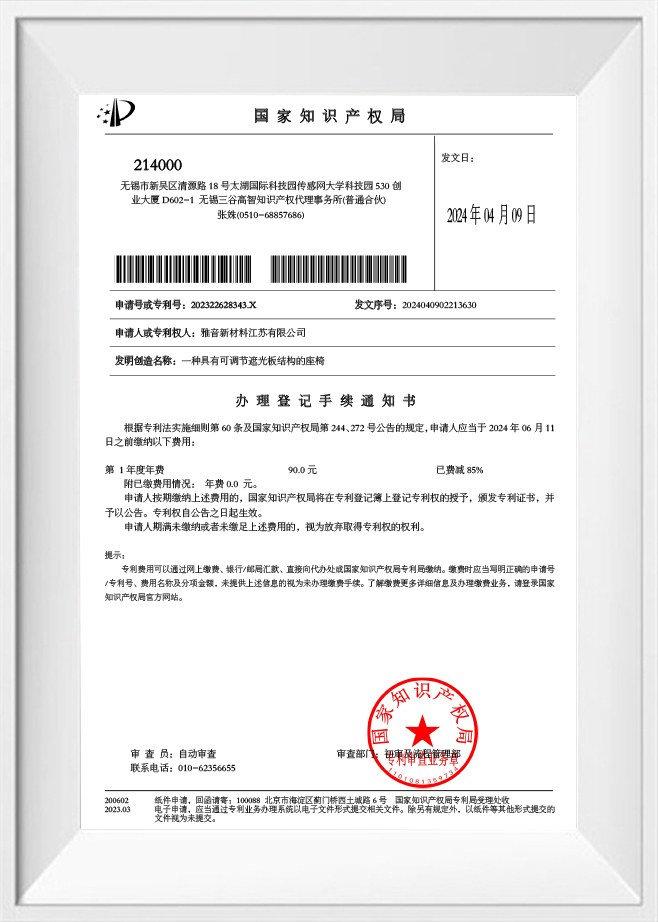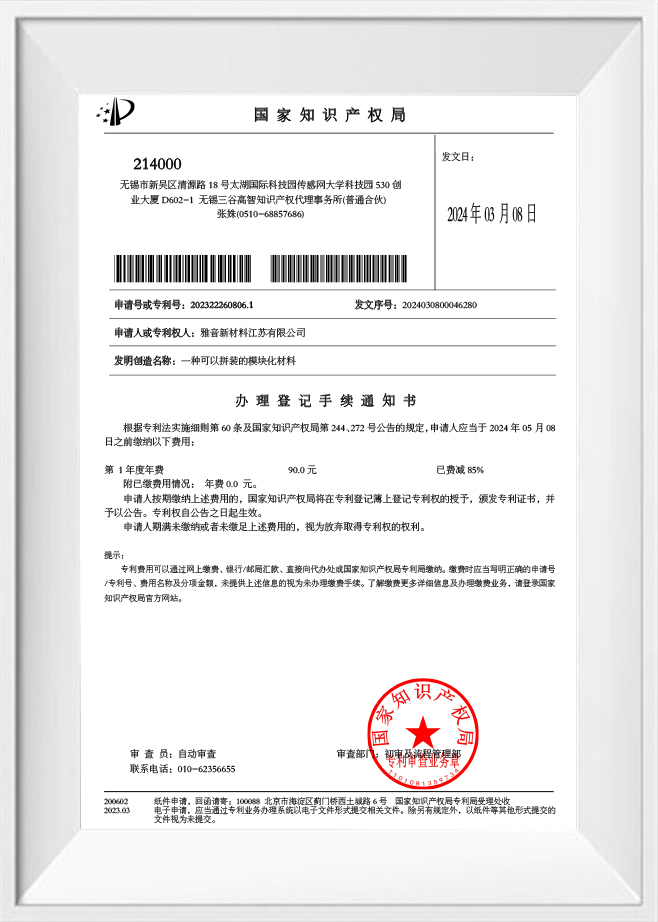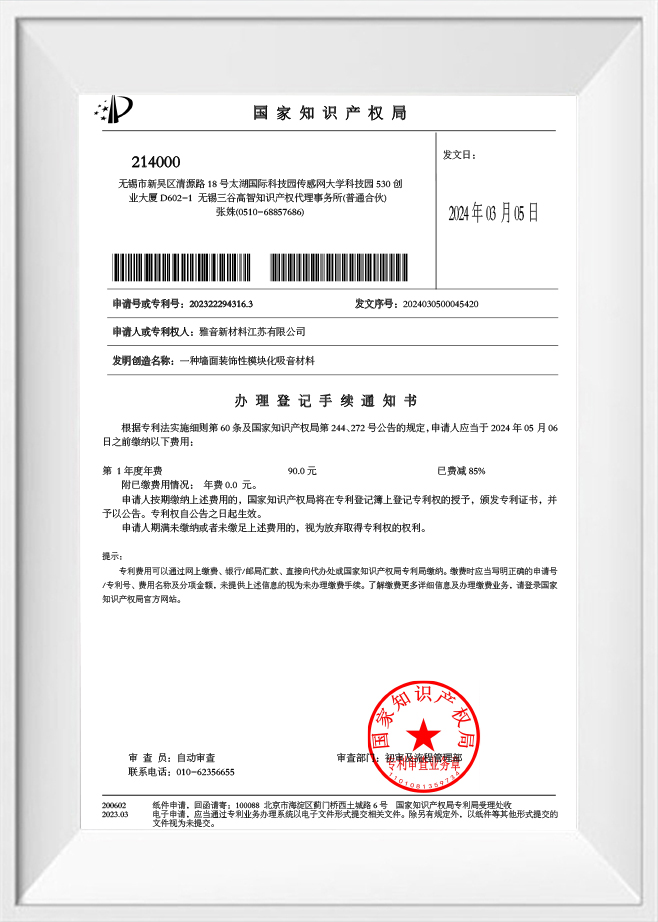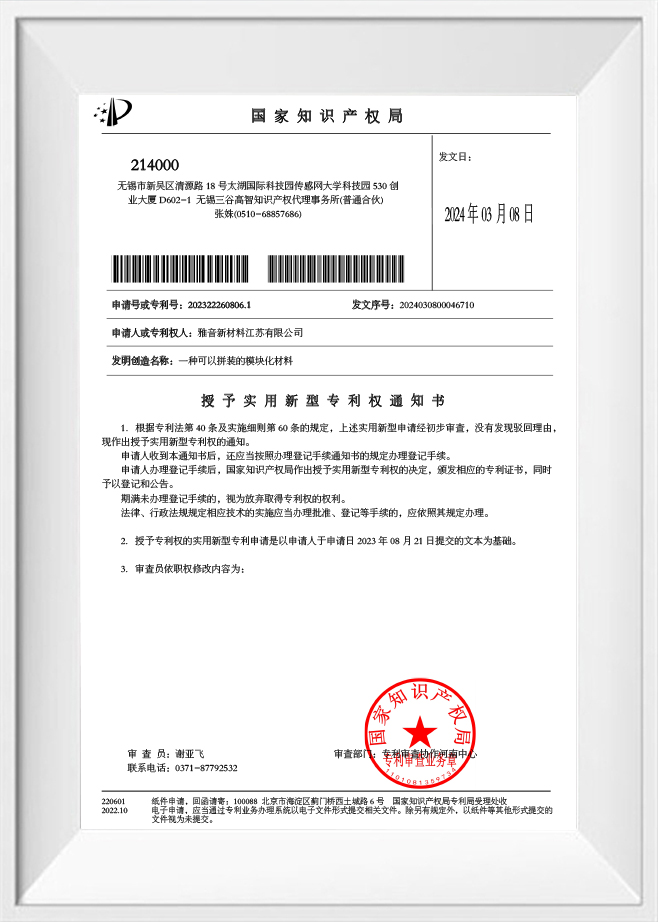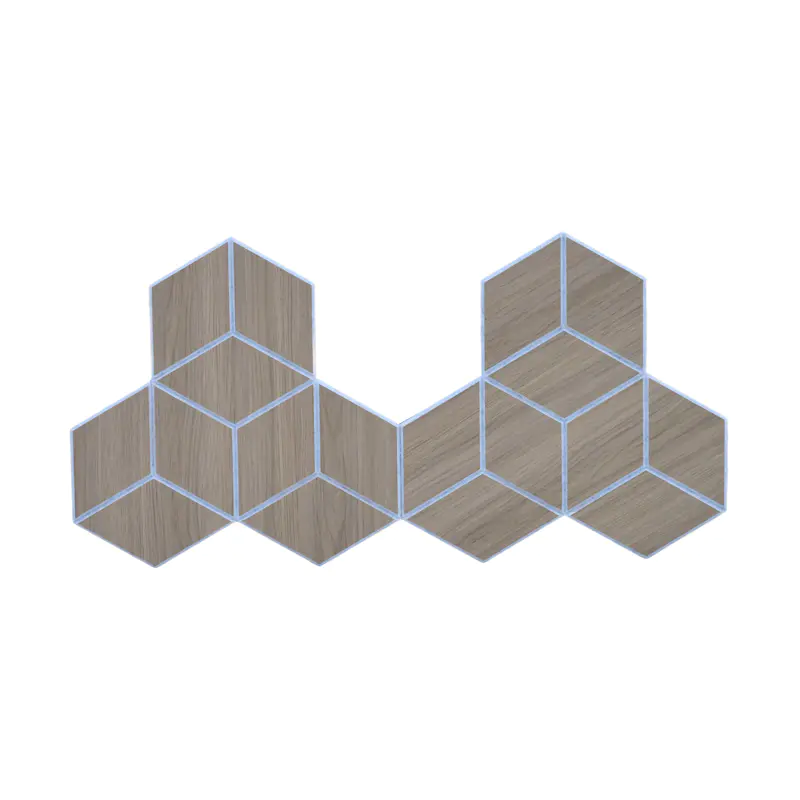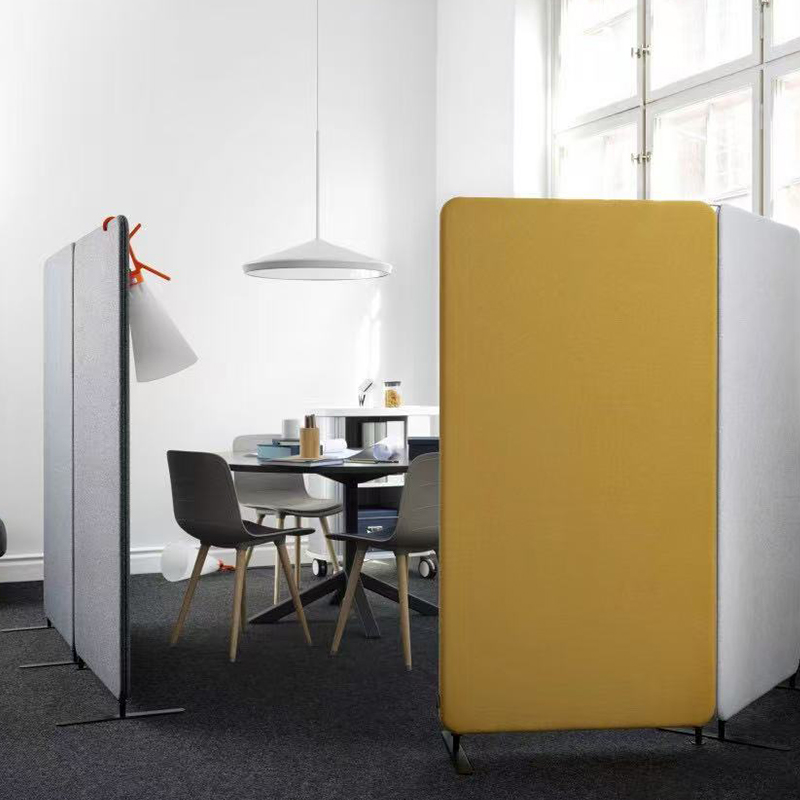In contemporary architectural and interior design, controlling sound has become more critical than ever. Whether in commercial offices, recording studios, auditoriums, or residential spaces, the demand for effective sound absorption solutions has significantly increased. Among these solutions, fabric wrapped acoustic panels with sponge have emerged as a leading choice due to their superior acoustic performance, aesthetic versatility, and environmental advantages.
Introduction to Fabric Wrapped Acoustic Panels with Sponge
Fabric wrapped acoustic panels with sponge are specialized sound-absorbing panels consisting of a core material—typically high-density sponge—encased in a decorative and acoustically transparent fabric. The combination of sponge and fabric not only enhances the acoustic absorption capabilities but also provides design flexibility, allowing integration into various interior styles without compromising performance.
The sponge acts as the primary sound absorber, attenuating mid and high-frequency sound waves, while the fabric layer ensures even sound diffusion and contributes to the panel's fire resistance and aesthetic appeal. This dual-functionality makes fabric wrapped acoustic panels with sponge highly suitable for environments requiring both noise reduction and visual sophistication.
Materials and Their Acoustic Implications
Core Material – Sponge:
The core of these panels usually employs polyurethane, melamine, or polyester sponge. These materials are chosen for their porous structure, which enables efficient sound wave dissipation. High-density sponge improves low-frequency absorption while maintaining a slim profile, making it ideal for ceiling and wall installations without consuming excessive space.
Fabric Cover:
The fabric layer is typically a breathable, non-woven or woven polyester. This fabric is acoustically transparent, allowing sound to penetrate to the sponge core while adding decorative value. Fabric selection also influences fire resistance, durability, and maintenance. Yayin New Materials Jiangsu Co., Ltd. focuses on carbon-neutral polyester fabrics, ensuring that panels are environmentally friendly and meet modern sustainability standards.
Acoustic Performance Metrics:
Fabric wrapped acoustic panels with sponge are assessed based on their Noise Reduction Coefficient (NRC), which measures the panel's ability to absorb sound. High-quality panels achieve an NRC of 0.85, indicating exceptional sound attenuation, particularly in mid and high frequencies. Additionally, the panels comply with flame retardant standards, reaching A-level rating under the US ASTM E84, B-level under EU EN13501-1, and A-level under UL723-2018, ensuring safety in public and residential spaces.
Production Techniques: Ensuring Quality and Performance
The manufacturing of fabric wrapped acoustic panels with sponge involves several meticulous processes to ensure optimal acoustic performance, durability, and aesthetic quality:
Sponge Preparation:
The sponge is cut, shaped, and conditioned to achieve the desired density and thickness. This step is critical for achieving uniform sound absorption across the panel.
Fabric Wrapping:
High-precision wrapping machines encase the sponge in fabric, ensuring tight, wrinkle-free coverage. The fabric is acoustically transparent to prevent interference with the sponge's absorption capabilities.
Needle-Punched Non-Woven Technology:
Yayin New Materials Jiangsu Co., Ltd. employs advanced needle-punched nonwoven fabric technology. This process produces sound-absorbing panels from recyclable polyester fibers, which not only absorb sound but also possess flame-retardant, heat-insulating, and decorative properties. This technology enhances the structural integrity of the sound-absorbing panels while improving sustainability.
Quality Control:
Rigorous QC processes verify thickness uniformity, acoustic performance, flame resistance, and formaldehyde emission levels (E0 standard), ensuring the highest quality and safety standards are met.
Acoustic Mechanisms of Fabric Wrapped Panels
Fabric wrapped acoustic panels with sponge reduce noise through three primary mechanisms:
Absorption:
Sound waves enter the porous sponge and lose energy through frictional dissipation. This process reduces reverberation and echoes, particularly in mid and high-frequency ranges.
Diffusion:
The fabric surface helps scatter sound waves, preventing standing waves and uneven acoustic fields. This ensures a more balanced sound environment.
Reflection Control:
By strategically placing panels on walls, ceilings, and other reflective surfaces, unwanted reflections are minimized, improving speech intelligibility and overall acoustic comfort.
Applications Across Industries
Fabric wrapped acoustic panels with sponge are widely utilized in:
Commercial Offices:
To reduce noise pollution, increase employee concentration, and enhance comfort.
Recording Studios and Theaters:
To create precise acoustic environments for music, film, and broadcast production.
Educational Institutions:
To improve speech clarity and reduce distractions in classrooms and lecture halls.
Hospitality and Residential Spaces:
To provide a combination of aesthetic elegance and effective noise control.
The adaptability of panel design allows customization in color, pattern, and size, making them compatible with any interior style.
Advantages Over Traditional Acoustic Solutions
Compared to conventional materials like bare foam or perforated wood panels, fabric wrapped acoustic panels with sponge offer:
Enhanced Acoustic Efficiency:
The combination of sponge density and fabric porosity maximizes absorption without bulky installation.
Fire Safety Compliance:
Panels meet international fire standards, reducing risks in public and private spaces.
Sustainability:
Panels made from carbon-neutral, recyclable polyester fibers minimize environmental impact.
Design Flexibility:
Aesthetic customization allows integration into corporate branding, interior themes, or artistic designs.
Durability and Maintenance:
High-quality fabrics resist fading and staining, while sponge cores maintain structural integrity over time.
Industry Innovations and Trends
Yayin New Materials Jiangsu Co., Ltd. leads industry innovation by integrating antibacterial treatments and carbon-neutral processes into its products. Current trends favor multifunctional panels that combine sound absorption, heat insulation, flame retardancy, and environmental friendliness. Needle-punched nonwoven fabric technology and recyclable polyester materials embody this trend towards high-performance, sustainable acoustic solutions.
Service and Support Considerations
Beyond product quality, professional service enhances the adoption of fabric wrapped acoustic panels with sponge. Yayin New Materials Jiangsu Co., Ltd. provides 24-hour service to ensure timely problem resolution and technical guidance. Experienced quality inspectors and strict process supervision guarantee consistently high-quality panel performance.
Conclusion: Why Fabric Wrapped Acoustic Panels with Sponge Are Indispensable
In an era where acoustic quality impacts productivity, comfort, and safety, fabric wrapped acoustic panels with sponge represent a superior solution. Their high NRC, compliance with international fire and environmental standards, and versatile design options make them a practical choice for diverse applications.



